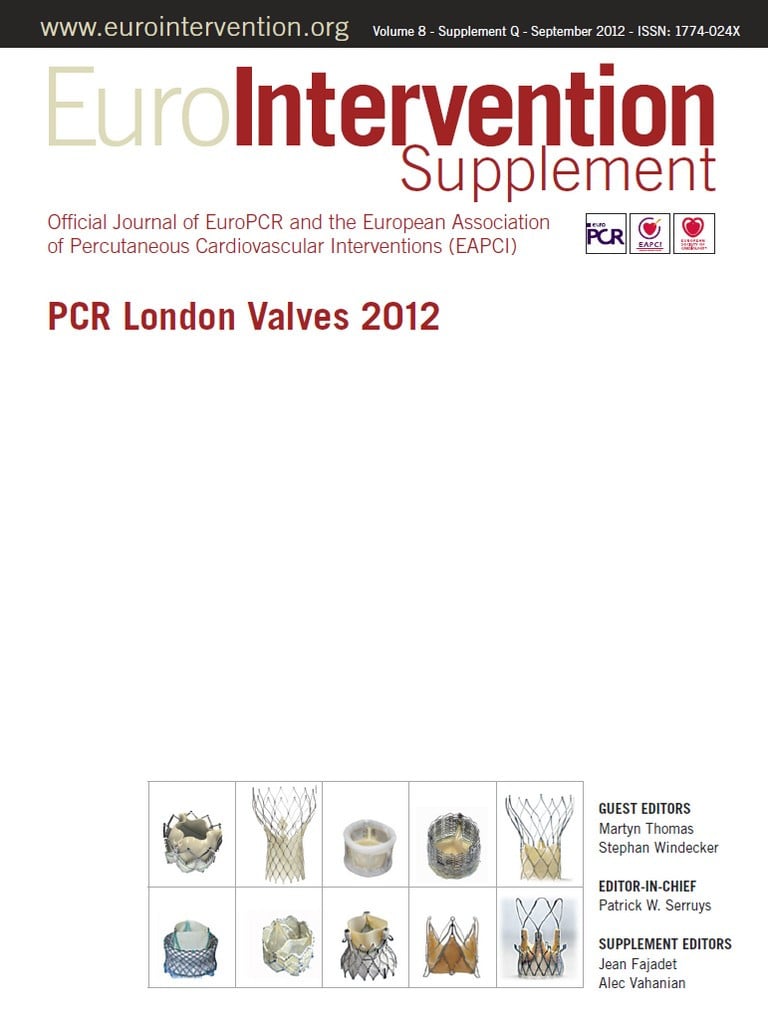Cory:
Unlock Your AI Assistant Now!
![]()
Vascular access in TAVI
Transseptal antegrade transcatheter aortic valve replacement for no-access option patients. A contemporary experience
Aims: Antegrade transseptal (TS) was the first approach for TAVR. However, due to the complexities and complications with this technique, it was replaced by the retrograde transfemoral, transaortic or antegrade transapical approaches. We aimed to assess feasibility and procedural outcomes of TS TAVR in patients with no access options.
Methods and results: Observational consecutive case series of inoperable patients with aortic stenosis (AS) with iliofemoral arterial diameter <7 mm and contraindications for either transaortic or transapical access who underwent TAVR with the Edwards SAPIEN (ES) valve via an antegrade transvenous TS approach at a single high-volume centre. Over three months, seven patients (four men and three women) with inoperable severe symptomatic AS underwent antegrade TS TAVR with 26 mm (n=4) and 23 mm (n=3) ES valves. Mean age was 86.4±9.4 years, Society of Thoracic Surgeons (STS) score 7.5±3.8% and aortic valve area 0.66±0.4 cm2. Comorbidities included severe COPD (n=3), coronary artery disease (n=6), peripheral arterial disease (n=5), cerebrovascular disease (n=7), porcelain aorta (n=4), two prior sternotomies (n=2). One patient had prior radiation to the chest. Antegrade deployment of the ES TAVR was technically feasible in six patients and post-procedural ECHO did not show significant aortic regurgitation or damage to the mitral valve. Vascular complications occurred in two patients as a consequence of retrograde balloon aortic valvuloplasty, one patient suffered transient complete heart block and haemodynamic collapse requiring pacing and IABP insertion. Median (25th, 75th) length of hospital stay was five (4, 11) days. The median (25th, 75th) follow-up period was 39 (23, 60) days. There were no cerebrovascular events, rehospitalisations or deaths and mean NYHA Class improved from 3.3 to 1.6.
Conclusions: Our experience suggests that antegrade transvenous-TS approach using currently available equipment is a technically feasible option and still has a place in the current TAVR era for patients with contraindications for transarterial or transapical access.

